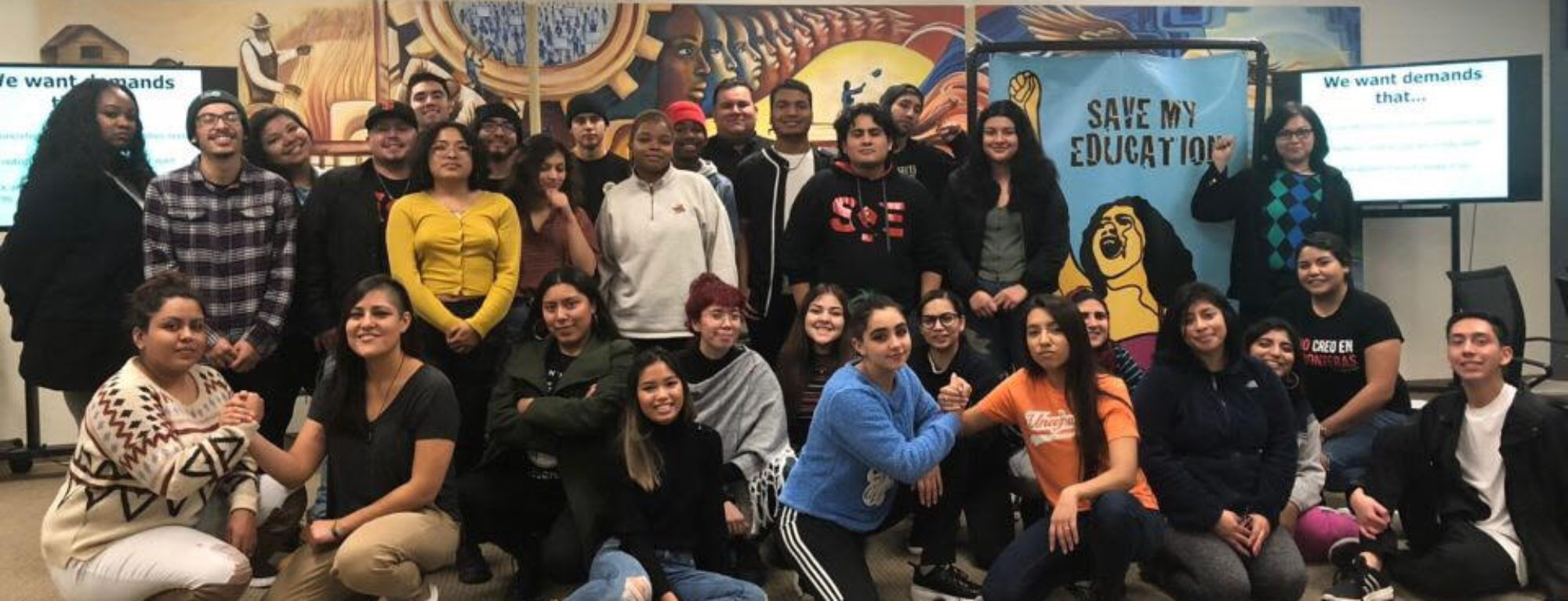From San Jose Mercury News:
Believe it: Harvard cheaper than Cal State
The impossible has happened: Harvard College is now thousands of dollars cheaper than Cal State East Bay for middle-income California students.
So is Princeton. And Williams College. And Yale.
Top private schools, with their generous aid, have been among the most affordable options for poor students for a few years, but rising tuition has only recently sent California State University and University of California prices shooting past the Harvards and Yales for middle-class students.
The revelation comes as thousands of college and university students on Monday march to protest budget cuts in Sacramento that have forced up tuition and shaken campuses.
It’s almost unthinkable in a state that once practically gave away college educations.
“We are coming close to pricing out many of our middle-class students,” said Rhonda Johnson, Cal State East Bay’s financial-aid director. “Now we’re seeing a disadvantaged middle class.”
College-cost calculators illuminate the dramatic shifts.
Consider a family of four — married parents, a high-school senior and a 14-year-old child — making $130,000 a year.
With typical aid,¿ the family should expect to pay nearly $24,000 for a Cal State freshman’s tuition, on-campus room and board, supplies and other expenses. At Harvard? Just $17,000, even though its stated annual tuition is $36,305.
The same family would pay about $33,000 for a freshman year at UC Santa Cruz. UC Berkeley, which recently followed the lead of private colleges by boosting aid for middle-class families, would cost $19,500.
“It does sort of put you in an awkward spot,” said Dean Kulju, financial-aid director of the 400,000-student Cal State system, which has more than doubled tuition since 2007.
It is more than awkward, one student said.
“That’s ridiculous,” said Cal State Fresno senior Chucho Mendoza, who said he has spent seven years in college because he also works to support his parents and siblings.
“Students think they’re getting a pretty good deal here,” he said. “I think they’re in denial.”
Add to the equation that students at smaller private colleges often can graduate sooner, saving thousands of dollars over California’s public universities, where cuts have made it difficult to get all required classes in four years.
Families and students considering Cal State “do have to think of it as a five-year proposition, at least,” said Vicki O’Day, a Menlo Park college-admissions consultant.
Public-university leaders say they are frustrated that budget cuts have sent tuition soaring. And so are state and federal lawmakers.
President Barack Obama announced in January a plan to force colleges to slow tuition increases or risk losing student aid. And California Assembly Speaker John Perez recently proposed scholarships for students whose families make up to $150,000.
The 10-campus UC system has tried to help low- and middle-income students, covering tuition — but not room and board — for those whose families make less than $80,000.
UC President Mark Yudof said the university is still a better deal than all but the wealthiest private colleges.
“If you move away from the Harvards and Stanfords of the world, I’m not sure it’s as affordable at other private schools,” he said. “I hate to lose any students, but how many students can go to Stanford?”
UC Berkeley, where Chancellor Robert Birgeneau has repeatedly voiced worry about middle-class students, this year will offer scholarships for students whose families make up to $140,000.
At UC, “we hear from students who say, ‘I was accepted at Cal, but such-and-such private university offered this aid. Can Cal match that?'” said Anne De Luca, UC Berkeley’s acting admissions director.
College applicants are often surprised to discover that the state’s public universities no longer are the most affordable options.
“That’s what we’ve been told our entire lives, since we were kids.” said Greg Washington, a Cal State Fullerton student and president of the California State Student Association.
Stanford University is spending twice as much on financial aid this year as it did in 2009, due in part to a 2008 decision to defray tuition costs for families making up to $200,000. A family making $130,000 would pay $25,900, while wealthier families pay nearly $57,000 a year.
Few schools have done more than Princeton University to discount prices for middle-class students. In 2001, it boosted scholarships and removed parents’ home equity from the financial-aid equation.
Fewer than a quarter of Princeton students graduate with debt, according to U.S. News & World Report, the lowest number in the country. That compares to 40 percent at Cal State East Bay, 45 percent at San Jose State and 41 percent at UC Berkeley, says the Oakland-based Project on Student Debt.
“When you look at the state schools, they most likely do not have the private resources that we do,” said Robin Moscato, Princeton’s financial-aid director. Its $17.1 billion endowment far outweighs UC Berkeley’s $3.1 billion.
UC and Cal State campuses still compare favorably to less selective private schools, where endowments are smaller and relatively meager aid usually is targeted for low-income students.
At Saint Mary’s College in Moraga, for example, a family making $130,000 will pay about $36,000 for a freshman year.
At UC, for the first time ever, students are paying more for their education than California is, a shocking turnaround for the state that essentially invented the modern public university.
Now students like Amir Salehzadeh, who applied to transfer from Las Positas College in Livermore to one of several UC campuses, are struggling to make it work.
“Times have definitely changed,” he said. “It kind of defeats the purpose of having a public university.”
Matt Krupnick covers higher education. Contact him at 510-208-6488. Follow him at Twitter.com/MattKrupnick.

